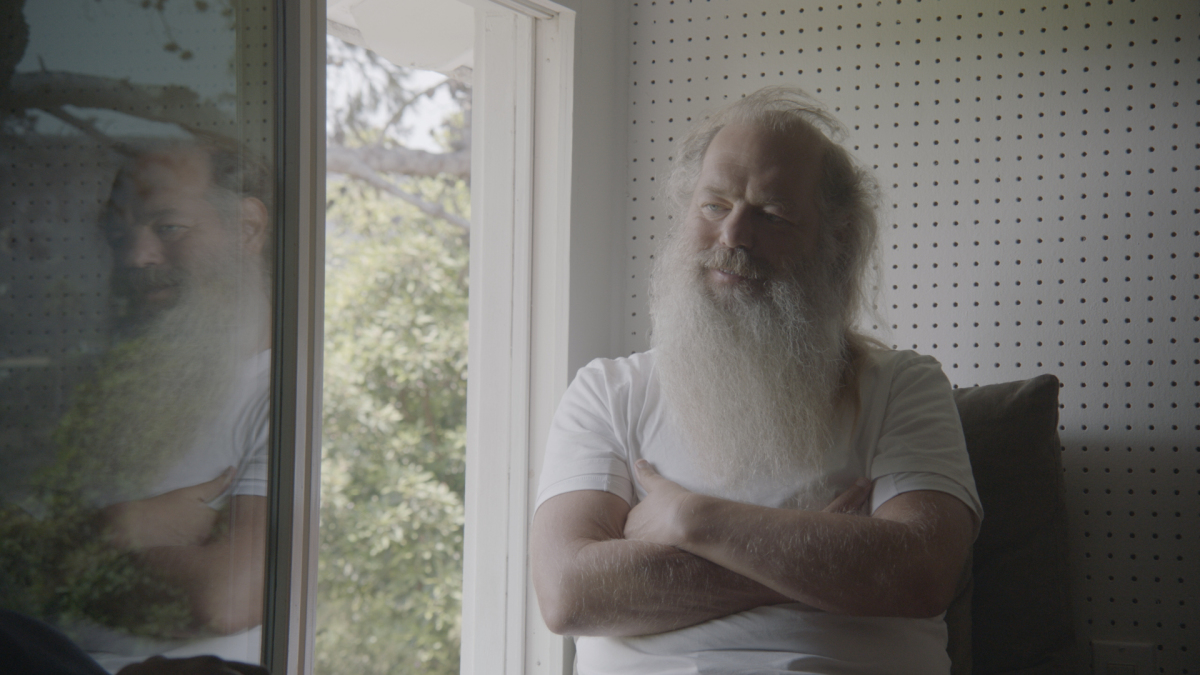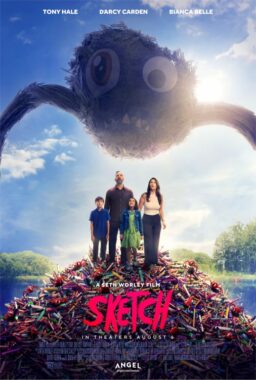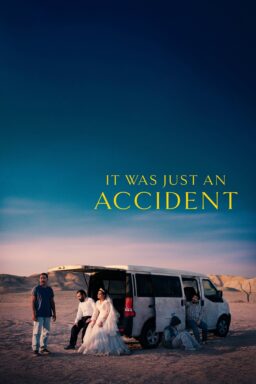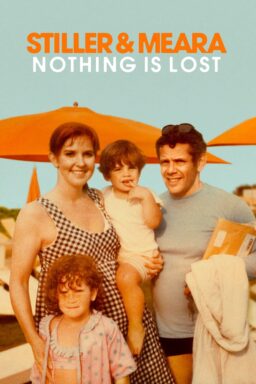Morgan Neville tries to match the tone of his subject matter with his documentary filmmaking. “20 Feet From Stardom” had the hand-clapping, toe-tapping energy of a background singer; “Best of Enemies” was quick and witty like its subjects; “Won’t You Be My Neighbor?” had the generous spirt of Mr. Rogers. For his four-part Showtime docu-series about producer Rick Rubin, Neville imbues “Shangri-La” with the laid-back, loose energy of the music maestro. Rubin is a fascinating figure in the history of music, someone who has been on the frontline of the form for decades now, but Neville realizes that a straightforward bio-doc about him probably wouldn’t be that interesting. Rubin himself is remarkably modest and self-effacing, choosing to portray himself as a reflection of the artist, not an artist himself, which makes him a complex subject for a documentary. He merely helps musician channels what is inside them, and dreams of a day when he barely has to speak to his artists at all – finding something beyond language. And so Neville approaches his story differently, using Rubin’s legendary recording studio, which gives the series its title, as the focus. We eavesdrop on conversations between Rubin and his artists, we get tours of the ground to learn its history, and the series attains a cumulative, mesmerizing power that I imagine is akin to spending a long night around a bonfire with Rubin, talking a bit about his legacy but also about what it means to be an artist, and even more to be a human being.
Neville’s opening credits feature a man using a metal detector when he stumbles upon something huge under the sand. He digs and finds a hatch, which he opens, and we descend into the animated credits that incorporate music imagery in a very zen, Buddhist, meditative way. It’s a tone-setter in that it capture how Rubin sees not just music and art but everything. He has a conversation with David Lynch in the first episode in which the two discuss the idea that we all have all the knowledge, creativity, generosity, and everything we could ever need within ourselves and it takes things like meditation and art to find it. Rubin honestly believes that music taps into something that’s otherwise inexpressible. He speaks of trying to find the unseen world within his artists and how his job is to “search for magic.” Words like “mystical,” “magical,” “journey,” “transcend” – these are the language of “Shangri-La,” and it can all be a little overwhelming and repetitive, even if Neville and Rubin do find beats that can be downright inspiring. Who doesn’t want to believe that art transcends corporeal restrictions? Who wouldn’t be fascinated to find ways to tap something creative within themselves that they couldn’t do anywhere but Shangri-La?

The location should be familiar to music fans even if they don’t know Rubin. It was central to Martin Scorsese’s “The Last Waltz,” and has been a part of pop culture long before Rubin took up home there. Rumors are that Elvis Presley owned it once and that Mr. Ed spent the off-season from his show in its barn. For years now, it has been Rubin’s studio and basically the library for Def Jam, although it includes more volumes about Buddhism than music. Outside of the library, it is fascinatingly barren. White walls, gray couches, and no electronics anywhere. You won’t find a clock or a TV. It’s about shedding all the trappings of the earthly world to find something pure. And it has produced some fascinating music. In the two episodes sent to press, you can see some of that being recorded, including work on Vampire Weekend’s newest Father of the Bride and tracks by DRAM and The Avett Brothers, among others.
Of course, there’s also some history to be told. Neville cleverly recreates key moments in Rubin’s life, including a childhood obsessed not just with The Beatles but the entire “Paul is Dead” phenomenon—which likely fed into Rubin’s cultivation of his personality, which was definitely part of his Beastie Boys character, and one has to wonder if it’s not part of his barefoot, white T-shirt-wearing character now. My favorite parts of “Shangri-La” feature some of the legends that worked with Rubin coming back to talk about their lives and experiences together, including Chuck D of Public Enemy, LL Cool J, Flea of Red Hot Chili Peppers, and Mike D of The Beastie Boys.
Having seen only two hours, I can’t say how I’ll feel when the second half is done, but I do wonder about stretching this project out to four hours. I think Neville could have accomplished the low urgency, meditative tone in half the time, but I understand the choice. Recording at Shangri-La is really about taking your time, finding what’s right, and letting the art come through you as much as forcing it. So why not take time with the documentary too? Lord knows that Rick Rubin’s legacy as a musical genius has earned it.












